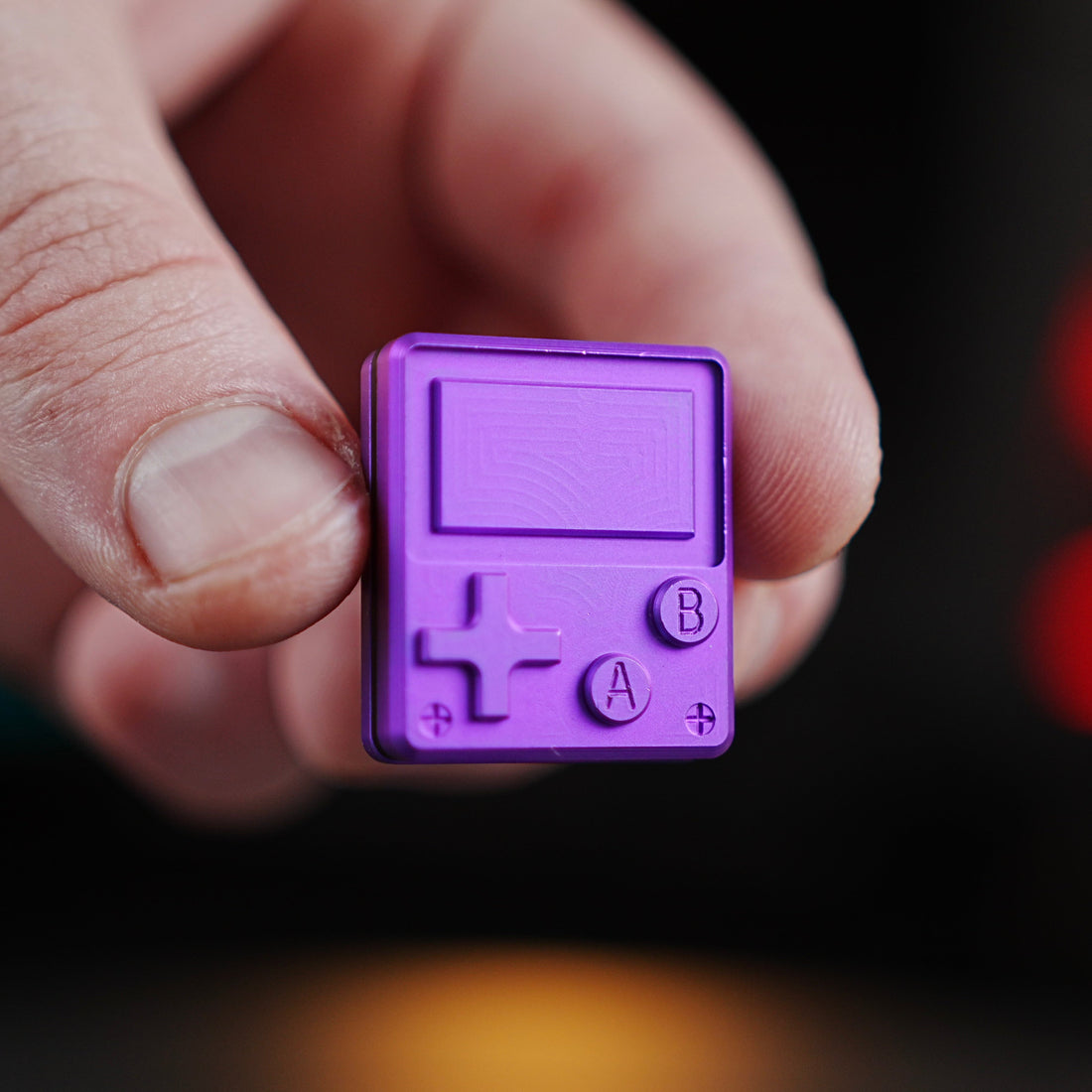
Why collectible fidget toys are gaining popularity
In recent years, fidget toys have evolved from simple stress-relief tools into coveted collectibles, capturing the attention of both enthusiasts and casual users alike. This surge in popularity can be attributed to a confluence of psychological benefits, cultural trends, and the intrinsic appeal of these tactile objects.
The evolution from utility to collectibility
Initially designed to help individuals manage stress and improve focus, fidget toys like spinners and cubes became ubiquitous in classrooms and offices. Their primary function was to provide a physical outlet for restless energy, aiding concentration and reducing anxiety. However, as their popularity grew, so did the variety and sophistication of their designs. Manufacturers began producing limited-edition models, incorporating premium materials such as titanium and polished aluminum, and collaborating with artists to create unique aesthetics. This shift transformed fidget toys from mere functional items into collectible art pieces, appealing to a broader audience.

Psychological and sensory appeal
The tactile engagement offered by fidget toys plays a significant role in their allure. Engaging with these objects provides sensory stimulation that can be both calming and satisfying. For many, the repetitive motions associated with fidgeting serve as a coping mechanism for stress and anxiety. The physical interaction provides a tangible distraction, allowing individuals to channel nervous energy into a controlled activity. This sensory appeal, combined with the visual and auditory feedback from high-quality materials, enhances the overall experience, making these toys even more desirable.
Nostalgia and adult collecting culture
The rise of collectible fidget toys also taps into a broader trend of adults embracing nostalgia through toys and collectibles. In the UK, for instance, collectible figurines and merchandise based on manga, anime, and video games have become a £510 million sector, with adults as primary consumers. This phenomenon reflects a desire to reconnect with simpler times and cherished childhood memories. Collectible fidget toys, with their diverse designs and themes, offer adults a tangible link to their past while providing a sense of accomplishment in curating a personal collection.
Social influence and community engagement
The role of social media and online communities cannot be overstated in the proliferation of collectible fidget toys. Platforms like Instagram, TikTok, and YouTube have become hubs for enthusiasts to showcase their collections, share unboxing experiences, and discuss the latest releases. This digital interconnectedness fosters a sense of community and belonging, encouraging more individuals to participate in the hobby. Moreover, the viral nature of social media trends can catapult specific fidget toys into the spotlight, driving demand and solidifying their status as must-have collectibles.

The rising popularity of collectible fidget toys is a multifaceted trend driven by their psychological benefits, sensory appeal, cultural significance, community engagement, and investment potential. As they continue to evolve in design and purpose, these toys exemplify how simple objects can transcend their initial function, becoming cherished items that resonate with a wide audience.
